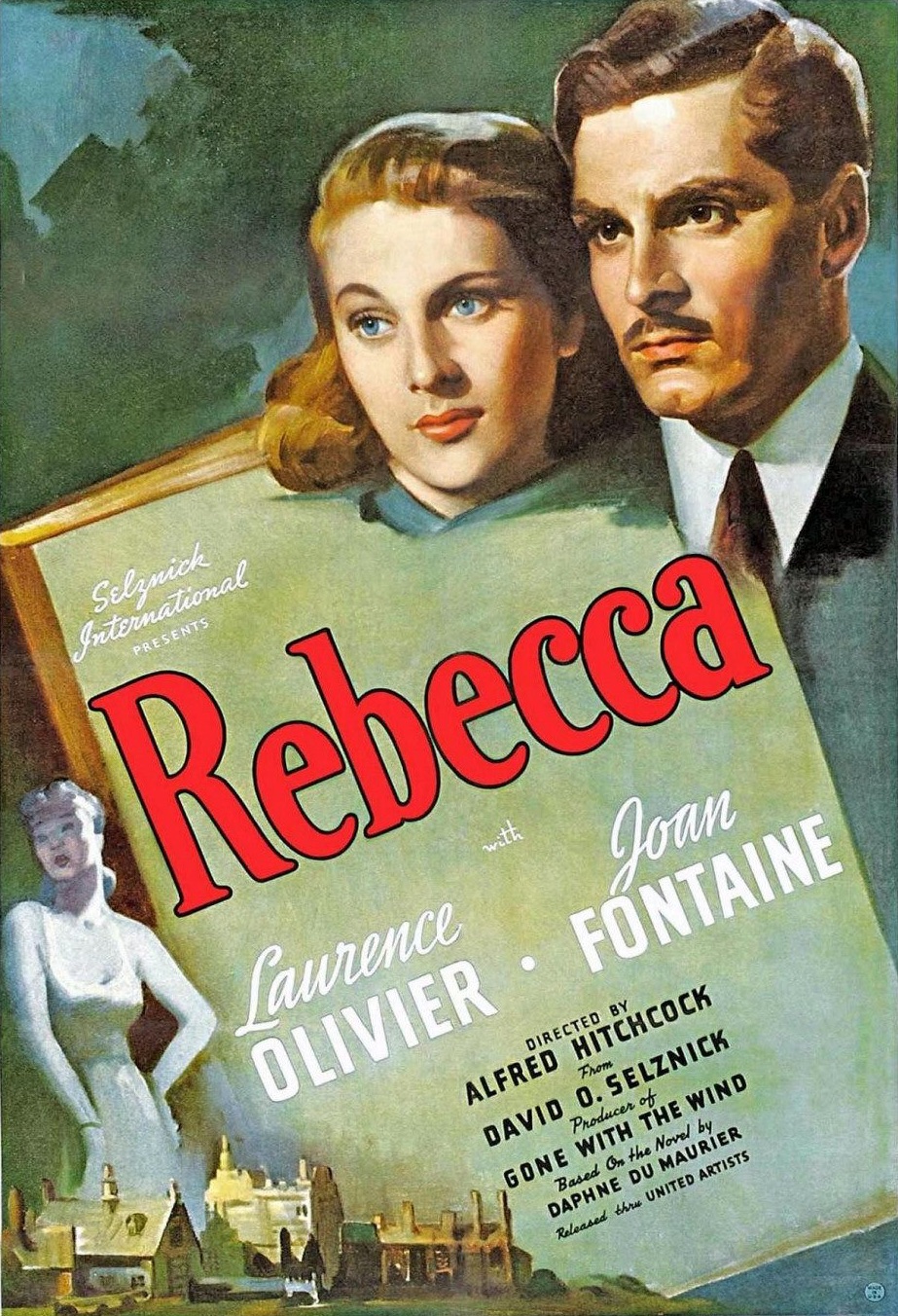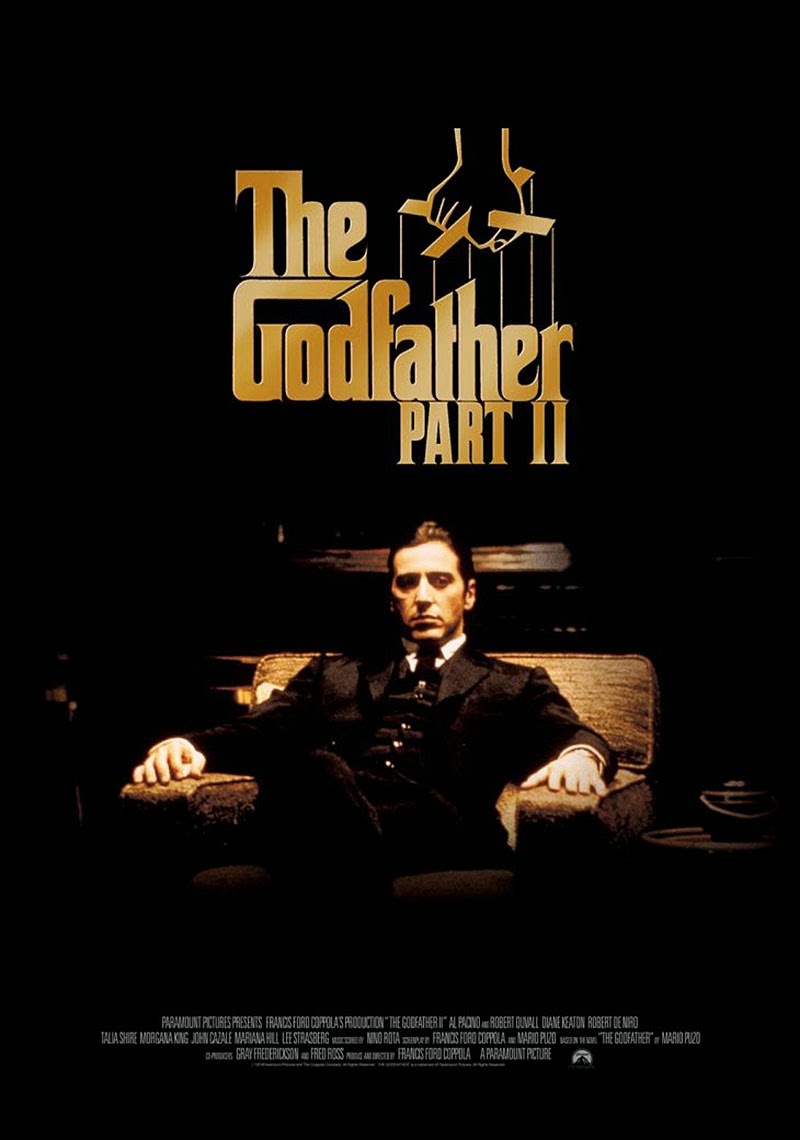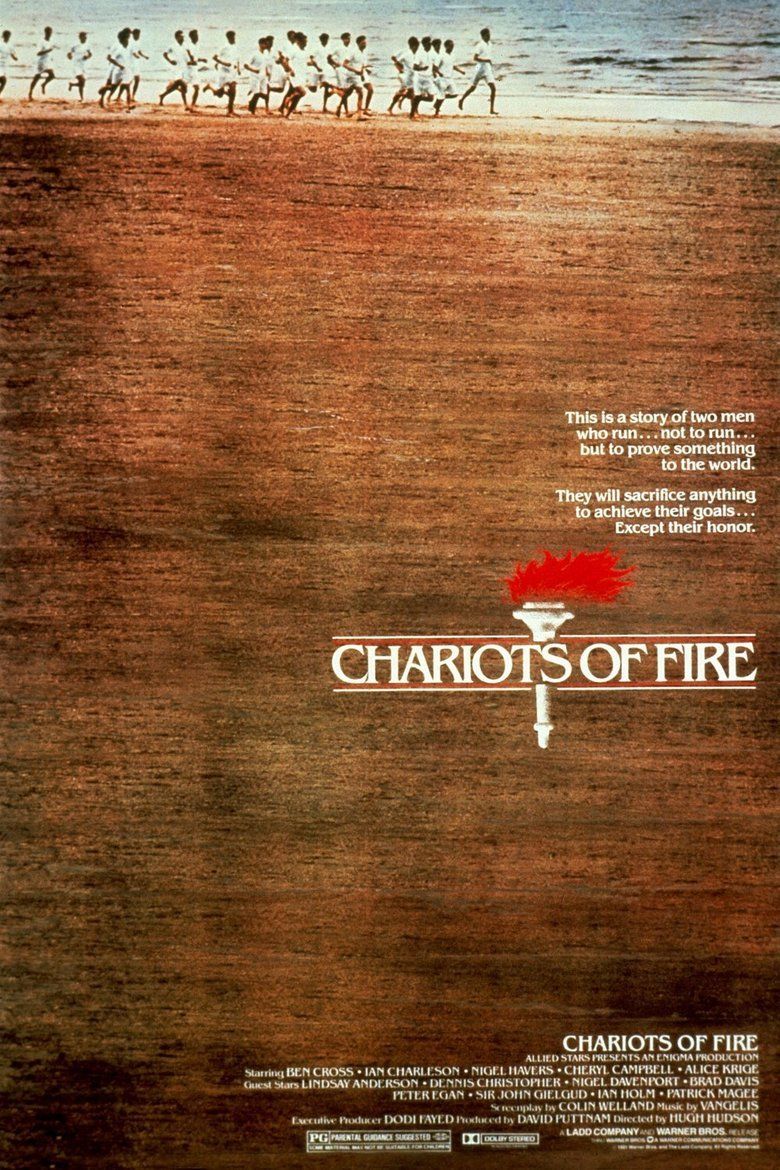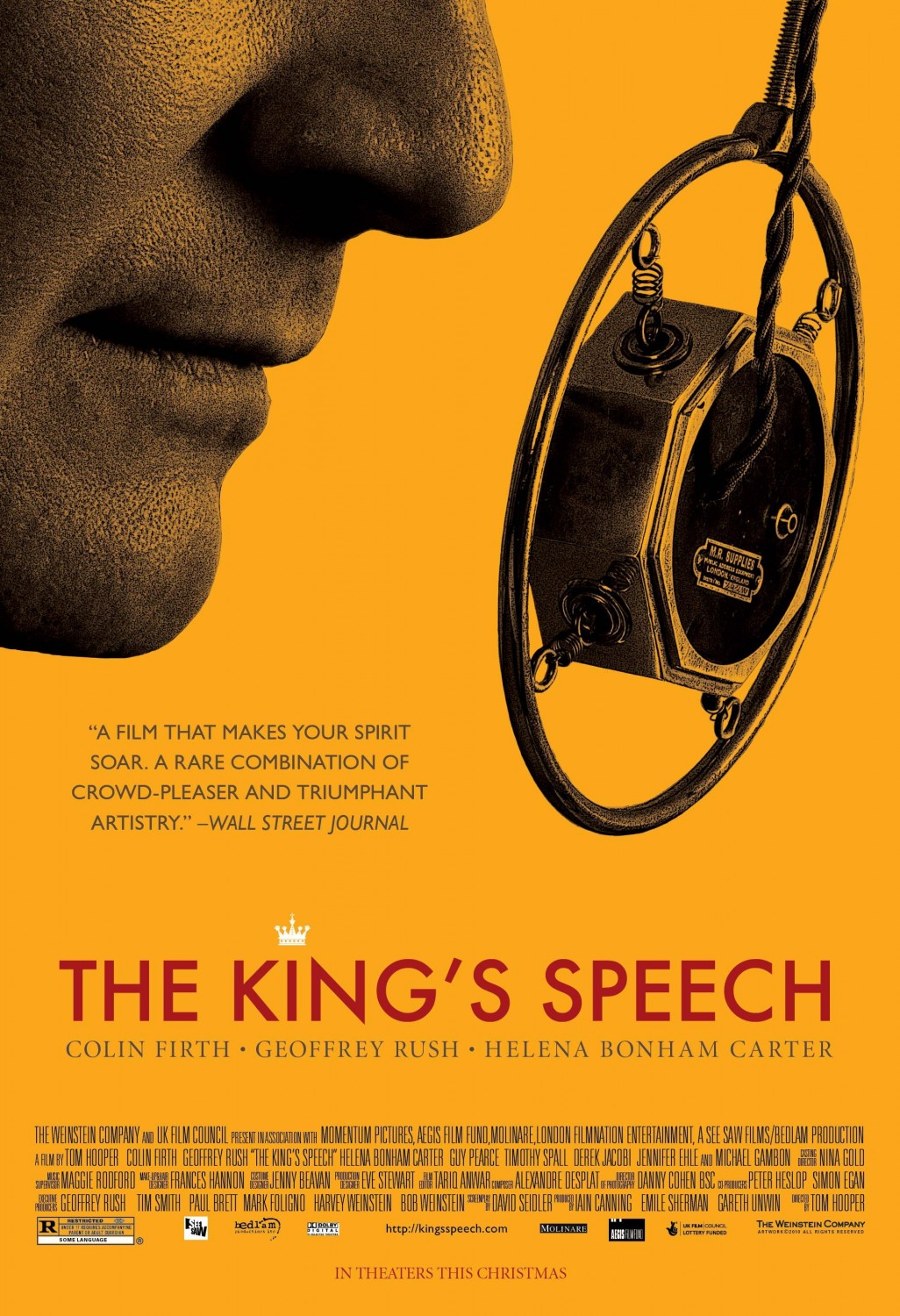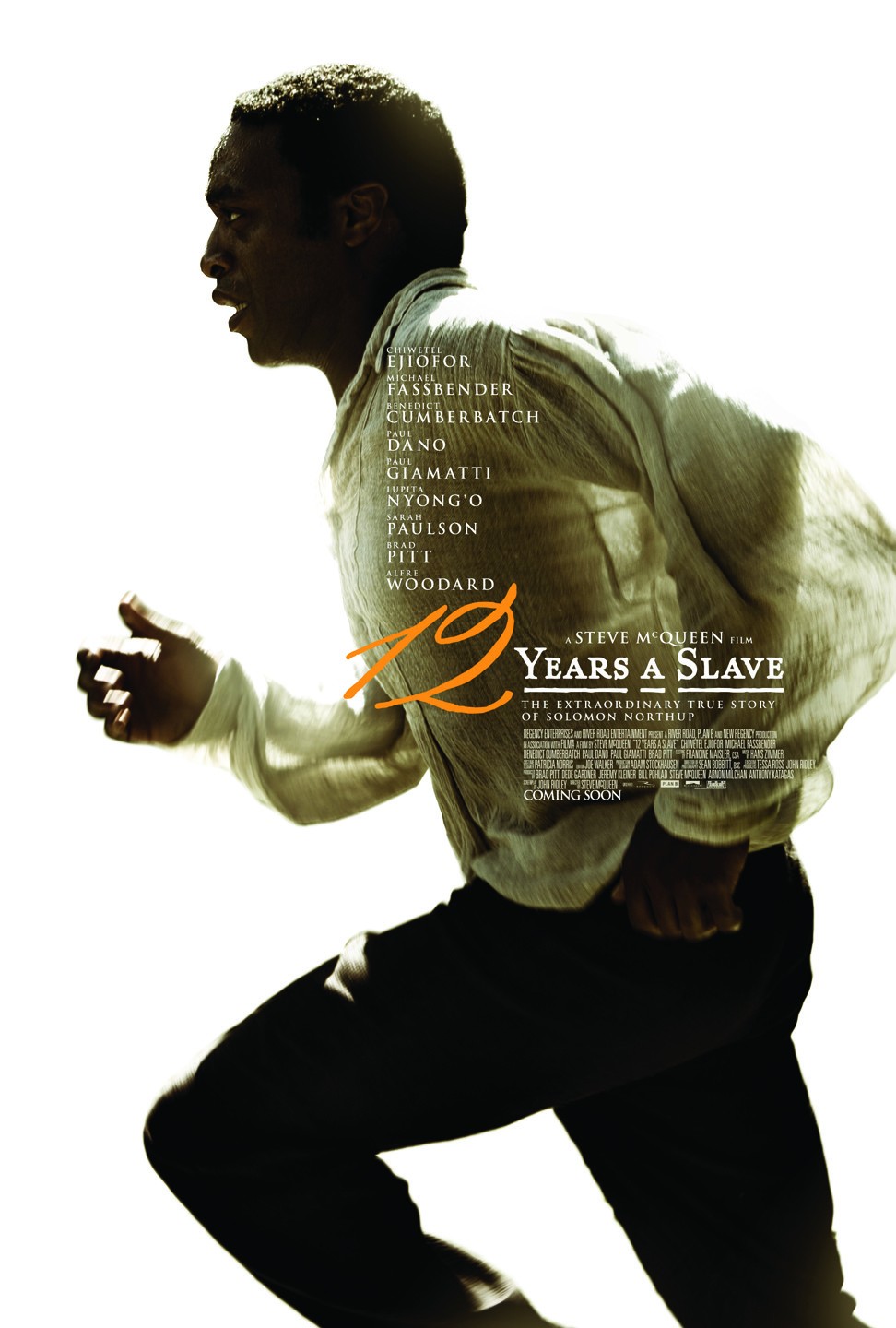Not All Best Pictures Are Created Equal
With 2017 now past, and with the presentation of the 90th Academy Awards less than six weeks away, it seems as good a time as any to take a glance backward at previous Best Picture winners. From the first time the Academy of Motion Picture Arts and Sciences bestowed its Awards of Merit, for features released in 1927-28, all the way through last year’s ceremony for 2016 honorees, the types of films that have captured the ultimate prize have varied widely. From comedies to dramas, from westerns to musicals, from quietly intimate independent stories to sprawling studio-made actioners laden with visual effects, the ninety Best Pics have offered something for virtually every moviegoer.
Wait. Ninety Best Pictures? But haven’t there so far been only eighty-nine Academy Awards presentations? The explanation for this apparent inconsistency can be found at the very first Oscar ceremony (although the Academy wouldn’t officially adopt that nickname for their statuette until 1939). On 16 May 1929, at the Hollywood Roosevelt Hotel—which still stands today—AMPAS conferred a pair of awards intended as its highest honors. William Wellman’s World War I melodrama, Wings, took home the trophy for Outstanding Picture, while F. W. Murnau’s allegorical tale of the battle between man’s good and evil sides, Sunrise: A Song of Two Humans, collected the distinction of being named Unique and Artistic Picture. The following year, the Academy eliminated the latter award, retroactively declaring the category of Outstanding Picture its top accolade. Regardless of that development, at the time of the first Oscars, AMPAS essentially proclaimed both Wings and Sunrise Best Picture, and this article counts them as such.
Speaking of the Best Picture category, the Academy’s highest award has undergone a number of title changes over the years, as detailed in the following chart.
Award Title
Outstanding Picture
Unique and Artistic Picture
Outstanding Picture
Outstanding Production
Outstanding Motion Picture
Best Motion Picture
Best Picture
Ceremony
1st
2nd
3rd – 13th
14th – 16th
17th – 34th
35th – 89th
Film Years
1927-28
1928-29
1929-30 – 1940
1941 – 1943
1944 – 1961
1962 – 2016
Likewise, the number of nominees in the top category has also varied, from a low of three at the 1st Academy Awards for 1927-28, to a high of twelve at the 7th and 8th ceremonies, for 1934 and 1935, respectively. Three years have seen eight nominees, four years have seen nine, and eleven years have seen ten, while most of the time—sixty-eight years, for releases from 1928-29 through 1930-31, and from 1944 through 2008—AMPAS gave nods to exactly five films. To be precise, for the 2nd year of the awards, for 1928-29, the Academy announced no nominations for any category, but in-house records do indicate the five films under consideration for Best Picture. That’s a total of 540 nominations, with one-sixth of the entries winning the award. So which of those ninety Best Pics are the cream of the crop? Let’s start by taking a look decade by decade.
1920s
Of these three entries, only one stands out as superior: Sunrise. German director F. W. Murnau’s first American effort, this silent film employs few title cards, showcases a Best Actress performance from Janet Gaynor, follows a keenly observed screenplay, and features beautiful special effects—both mechanical and optical—far ahead of their time. It also earns an Academy Award for its cinematography. The other two Best Pictures have their merits, especially when considered in the context of their era, but both slip into melodrama.
1930s
Ceremony
3rd
4th
5th
6th
7th
8th
9th
10th
11th
12th
Year
1929-30
1930-31
1931-32
1932-33
1934
1935
1936
1937
1938
1939
A notable aspect of the Best Picture winners of the 1930s is that they contain a pair of comedies, both of them directed by Frank Capra: It Happened One Night, with Clark Gable and Claudette Colbert, and You Can’t Take It With You, starring Jean Arthur and Jimmy Stewart. This roster includes several standouts, in a decade that could reasonably be called the greatest in cinematic history. Based on Erich Maria Remarque’s novel Im Westen nichts Neues, All Quiet on the Western Front tells a compelling personal story of World War I, not from the perspective of an American or an individual from an allied nation, but from that of a German soldier. The film becomes the earliest to win Academy Awards for both Best Picture and Best Director. In 1934, It Happened One Night distinguishes itself as the first feature to sweep the five major Oscars: Best Picture, Best Actor, Best Actress, Best Director, and Best Writing. Through 2016, only two other films would be so honored: One Flew Over the Cuckoo’s Nest in 1975, and The Silence of the Lambs in 1991. In The Life of Emile Zola, Paul Muni gives a spectacular lead performance, utilizing acting techniques quite different from those of his contemporaries, with a naturalistic style that anticipates Marlon Brando. And Gone With the Wind, based on Margaret Mitchell’s international bestseller, holds up as one of the finest Best Pics not just of the 1930s, but of all time.
1940s
Ceremony
13th
14th
15th
16th
17th
18th
19th
20th
21st
22nd
Year
1940
1941
1942
1943
1944
1945
1946
1947
1948
1949
Perhaps the most conspicuous aspect of the 1940s Best Pictures lies in the exceptional and enduring films not included, Citizen Kane and It’s a Wonderful Life, both of which are highly regarded by critics and audiences more than seventy years after their releases. Both at least receive nominations for the top prize. Although How Green Was My Valley takes home the Oscar over Citizen Kane, it does not otherwise differentiate itself from its fellow Best Pics in this decade. On the other hand, The Best Years of Our Lives, which triumphs over Frank Capra’s perennial Christmas favorite, does merit inclusion as one of the best in the Forties. The World War II propaganda film Mrs. Miniver also belongs on the list, as does the classic, Casablanca.
1950s
Ceremony
23rd
24th
25th
26th
27th
28th
29th
30th
31st
32nd
Year
1950
1951
1952
1953
1954
1955
1956
1957
1958
1959
The Best Picture winners of the 1950s raise a red flag because of two films in particular: The Greatest Show on Earth and Around the World in 80 Days. Neither belong among the nominees, much less among the victors. The Greatest Show on Earth, as its title implies, follows a prodigious circus, and while it mostly succeeds in its portrayal of life around the big top, it does so as shine without substance. Around the World in 80 Days achieves even less; loosely based on Jules Verne’s novel, it strings together a hodgepodge of comedic vignettes that neither cohere nor amuse. On the other hand, there are some fine works among the Best Pics of the 1950s, including the artistic and inventive An American in Paris, the tragic Marty, and the World War II epic, The Bridge on the River Kwai. Even among such august company, several films separate themselves from the pack: All About Eve, with a record fourteen Academy Award nominations; From Here to Eternity, with thirteen noms and eight wins; On the Waterfront, with twelve noms and eight wins; Gigi, winning all nine categories in which it is nominated; and Ben-Hur, with the most Oscar wins in history, eleven.
1960s
Ceremony
33rd
34th
35th
36th
37th
38th
39th
40th
41st
42nd
Year
1960
1961
1962
1963
1964
1965
1966
1967
1968
1969
The decade of the 1960s hosts a quartet of musical Best Pictures—West Side Story, My Fair Lady, The Sound of Music, and Oliver!—as well as a pair of seriocomic winners in The Apartment and Tom Jones. A number of the decade’s features, such as The Apartment and Midnight Cowboy, suffer from being dated, victims of their reliance on outmoded social mores. The best of these 1960s films include David Lean’s opus, Lawrence of Arabia, the beloved The Sound of Music, and the literary and historical A Man for All Seasons.
1970s
Ceremony
43rd
44th
45th
46th
47th
48th
49th
50th
51st
52nd
Year
1970
1971
1972
1973
1974
1975
1976
1977
1978
1979
The Best Pictures of the 1970s tend toward realism, often of the gritty variety. The two notable exceptions include The Sting, a stylized caper film clad in period garb, and Annie Hall, a quirky comedy of manners set in modern Manhattan. Since The Godfather and The Godfather Part II frequently appear on registers of the greatest features ever produced, they are worth examining for possible inclusion in the Best of the Best Pictures. So too is One Flew Over the Cuckoo’s Nest, for its five major Oscar wins. For bringing back the boxing film and lifting it to new heights, Rocky also deserves consideration, as does The Deer Hunter, for its unflinching look at the emotional impacts of war.
1980s
Ceremony
53rd
54th
55th
56th
57th
58th
59th
60th
61st
62nd
Year
1980
1981
1982
1983
1984
1985
1986
1987
1988
1989
The 1980s Best Pics predominantly shift away from the raw violence of the previous decade in favor of more personal and emotional tales. Several evoke strong reactions in their audiences, thereby providing memorable cinematic experiences. Ordinary People, Terms of Endearment, Rain Man, and Driving Miss Daisy each fit that description, and all rate a look for a spot on the Best of the Best Pictures. Though far grander in scale, Gandhi also follows the course of a single life, examining the struggles and successes of one man in a deeply humanistic manner, and it too must be counted among the top-flight films.
1990s
Ceremony
63rd
64th
65th
66th
67th
68th
69th
70th
71st
72nd
Year
1990
1991
1992
1993
1994
1995
1996
1997
1998
1999
The 1990s brim with spectacularly good Best Picture winners. In the twenty-plus years since their releases, the first six entries—Dances With Wolves, The Silence of the Lambs, Unforgiven, Schindler’s List, Forrest Gump, and Braveheart—have all become iconic, and therefore merit consideration here. Titanic also stands as a tremendous cinematic achievement, becoming the highest-grossing film of all time in 1998, and remaining so for a dozen years. But despite its box-office success and the sheer scope of its physical production, the work lacks the artistic heft seen elsewhere in the decade.
2000s
Ceremony
73rd
74th
75th
76th
77th
78th
79th
80th
81st
82nd
Year
2000
2001
2002
2003
2004
2005
2006
2007
2008
2009
The first ten Best Pictures of the new millennium are notable for their diversity. They include a historical epic in Gladiator, an urban musical in Chicago, the final chapter of a fantasy trilogy in The Lord of the Rings: The Return of the King, and an organized-crime chronicle in The Departed. A Beautiful Mind doesn’t quite measure up to its cohorts, playing more like a television movie than a theatrical release, and the intensity of The Hurt Locker is ultimately undermined by its relentlessness. The decade’s finest Best Pics are Million Dollar Baby, Crash, No Country for Old Men, and Slumdog Millionaire.
2010s
Ceremony
83rd
84th
85th
86th
87th
88th
89th
Year
2010
2011
2012
2013
2014
2015
2016
The current decade includes a trio of entries—12 Years a Slave, Spotlight, and Moonlight—that, while very good films about important subjects, don’t quite earn a place in this discussion. The three that do are The King’s Speech, The Artist, and Birdman or (The Unexpected Virtue of Ignorance).
So all of that produces the following list of nominees for the Best of the Best Pics.
The Deer Hunter
Ordinary People
Gandhi
Terms of Endearment
Rain Man
Driving Miss Daisy
Dances With Wolves
The Silence of the Lambs
Unforgiven
Schindler’s List
Forrest Gump
Braveheart
Million Dollar Baby
Crash
No Country for Old Men
Slumdog Millionaire
The King’s Speech
The Artist
Birdman or (The Unexpected Virtue of Ignorance)
Sunrise: A Song of Two Humans
All Quiet on the Western Front
It Happened One Night
The Life of Emile Zola
Gone With the Wind
Mrs. Miniver
Casablanca
The Best Years of Our Lives
All About Eve
From Here to Eternity
On the Waterfront
Gigi
Ben-Hur
Lawrence of Arabia
The Sound of Music
A Man for All Seasons
The Godfather
The Godfather Part II
One Flew Over the Cuckoo’s Nest
Rocky
That’s thirty-nine entries, representing more than forty percent of all Best Pictures. Still, based on the methodology of making selections decade by decade, it makes sense to ask if there are any films not on the short list that should be (since it could be that all the Best Pics of one ten-year period are better than all the Best Pics of another). To be sure, there are many fine films absent from my selections, such as Rebecca, An American in Paris, Patton, and American Beauty. At the same time, I’ve culled enough great films from among all the Best Pictures that I’m comfortable excluding those.
Since we’re talking about the Best of the Best, and since humans are rather decimally inclined, it makes sense to choose the top ten percent. For ninety Best Pics, that means the ultimate list should include nine films. So how best to whittle down thirty-nine films to nine?
I recognize that I may already have lost some readers. “What?" one might ask. “How could he have omitted Titanic, the first film to earn more than a billion dollars worldwide? Or Platoon, with its dark realism? Or The Bridge on the River Kwai, with its affecting tale of survival set during World War II? Or The Lost Weekend, with Ray Milland’s stunning performance as a foundering alcoholic? Or Cavalcade and its engaging survey of life in England through the first third of the Twentieth Century?” Obviously, singling out pieces of art for approbation requires a measure of subjectivity. Individual readers might well compile a catalogue of the finest Best Pictures wildly different from mine. My choices are clearly my own, but they are based upon my general love of film, as well as my broad consumption of the art form. I have seen every Best Picture winner in its entirety, many of them more than once. (And if you happen to be a reader balking at my overlooking Cavalcade, send me an e-mail; you sound like an interesting and knowledgeable person and somebody with whom I could have an absorbing conversation!)
Overlooking the Tara Plantation in Gone With the Wind
I’m going to begin my supreme compendium of Best Pictures by choosing a film almost universally lauded: Gone With the Wind. Set before, during, and after the U.S. Civil War, its Oscar-winning screenplay tells the personal tale of Scarlett O’Hara, as well as the story of the American South. It features wonderful performances by Vivien Leigh, Clark Gable, Olivia de Havilland, and Hattie McDaniel, all of whom receive Academy Award nominations for their work, as does director Victor Fleming; Ms. Leigh, Ms. McDaniel, and Mr. Fleming each take home a trophy. Clocking in at almost four hours, the film runs at least twice as long as most, and yet it never falters or loses the audience. Brilliant in both its scope and execution—it also garners Oscars for Art Direction, Cinematography, and Film Editing—Gone With the Wind belongs among the Best of the Best Pictures, somewhere near—or at—the top.
Humphrey Bogart and Ingrid Bergman in Casablanca
So too does Casablanca. With a near-perfect script that secures Academy gold for writers Julius J. Epstein, Philip G. Epstein, and Howard Koch, the film relates an intimate story of love and sacrifice, of survival and action, of friendship and purpose, during World War II. At the same time, Casablanca possesses a hearty wit, balancing out its tough-guy exterior and romantic heart. Humphrey Bogart, Ingrid Bergman, Paul Henried, and Claude Rains all turn in pitch-perfect performances under the Oscar-winning direction of Michael Curtiz, with Mr. Bogart and Mr. Rains also netting Academy Award nominations, the first for Best Actor, the second for Best Supporting Actor.
Anne Baxter (left foreground) and Bette Davis (right foreground) in All About Eve, with Celeste Holm (center top), George Sanders (center middle), and Marilyn Monroe (center bottom) looking on
I’ve also got to include All About Eve, a sharply observed story about an aging actress approaching the latter stages of her career, and the younger performer maneuvering to replace her sooner rather than later. Joseph Mankiewicz penned the screenplay, with dialogue that still crackles today, nearly seventy years later. Mr. Mankiewicz captures two Academy Awards for All About Eve, one for Best Screenplay and one for Best Director. Under his deft stewardship, five actors—Bette Davis, Anne Baxter, George Sanders, Celeste Holm, and Thelma Ritter—receive Oscar nominations, the most ever for a single film. Mr. Sanders wins for Best Supporting Actor.
Clint Eastwood and Morgan Freeman in Unforgiven
Another Best Pic that at least in part involves youth replacing experience comes in the form of Clint Eastwood’s anti-Western masterwork, Unforgiven. The Academy nominates Mr. Eastwood for both Best Actor and Best Director, the second of which he wins. The nominated script by David Webb Peoples parts company with many Westerns—and with many films of any sort—by drawing its characters in convincing shades of gray. Individuals, whether behaving well or badly, act with understandable, albeit sometimes complicated, motivations. Mr. Eastwood draws fine performances from his cast, including Gene Hackman, who wins an Oscar for Best Supporting Actor.
Mary McDonnell, Kevin Costner, and Graham Greene in Dances With Wolves
Although I would not count the Western as one of my preferred genres, I nevertheless have to add a second as one of the Best of the Best Pictures. As Clint Eastwood would do two years later, Kevin Costner collects Oscar nominations for both Best Actor and Best Director, winning in the latter category. Michael Blake’s screenplay, which he adapted from his own novel, tells a compelling tale of loss and weakness, of friendship and love, of growth and fortitude, all buoyed by themes of alienation and inclusiveness. Mr. Blake wins an Academy Award for his work, as does Dean Semler for his spectacular cinematography, and Neil Travis for his expert and artistic film editing. Two other actors also receive nominations—Mary McDonnell for Best Supporting Actress, and Graham Greene for Best Supporting Actor.
Julie Andrews in The Sound of Music
Traveling from the American West to Western Europe, we arrive at the Alps, where the hills are alive...well, you know the rest. We all know the rest, and for good reason: since its premiere in March 1965, The Sound of Music has become an entertainment staple. Marshaling an eminently singable and Oscar-winning score, a family drama, a love story, and a successful escape from the Nazis, director Robert Wise, who wins an Academy Award for his efforts, delivers a film that audiences can—and do—watch again and again. It’s worth noting that, adjusted for inflation, the worldwide box office for The Sound of Music trails only Gone With the Wind and Star Wars.
Oliwia Dabrowska as the little girl in the red coat in Schindler’s List
Another film about civilians dealing with the Nazis also makes the cut. Steven Spielberg wins his first Academy Award for directing Schindler’s List, a brutal depiction of life and death during the Holocaust. Despite the difficult subject matter, Mr. Spielberg crafts a powerful piece of art that ultimately becomes uplifting. Liam Neeson and Ralph Fiennes lead the cast with nods for Best Actor and Best Supporting Actor, respectively. Steven Zaillian writes an incisive screenplay, Janusz Kaminsky brings a raw power with his stark black-and-white cinematography, Michael Kahn edits with insightful precision, and John Williams ties it all together with his haunting score; all four men win Oscars for their work.
Jean Dujardin and Bérénice Bejo in The Artist
The 84th Academy Awards, honoring films released in 2011, witnesses something that hasn’t been seen since the second such ceremony, which fêted features from 1928 and 1929. For the first time in more than eighty years, AMPAS nominates a silent film for Best Picture, and for the first time since the inaugural Academy Awards, a silent film actually wins. It takes tremendous audacity for a modern filmmaker to produce a feature in black and white, let alone one without sound. But Michel Hazanavicius has a vision he serves, first by writing a beautiful, emotional, and thoroughly involving script, for which he receives a Best Original Screenplay nomination. He then brings his conception to life by directing it, for which he wins an Oscar. The Artist also scores nominations for Jean Dujardin as Best Actor, which he wins, and for Bérénice Bejo as Best Supporting Actress. It also amasses nods for Best Art Direction, Best Cinematography, and Best Film Editing, while winning for Best Original Score and Best Costume Design. It is an exceptional film.
George O’Brien and Janet Gaynor in Sunrise: A Song of Two Humans
Finally, having selected eight entries for our nine Best of the Best Pictures, I find myself returning to where it all began. Perhaps because the Academy retroactively stripped the film of its official Best Picture status, perhaps because it is silent, Sunrise: A Song of Two Humans has fallen out of the public awareness. That’s a shame, because director F. W. Murnau’s work stands the test of time. Despite its look and feel being dated for a Twenty-first Century audience, the film’s lovingly crafted visuals are still appealing, Janet Gaynor’s Best Actress performance is still captivating, and the exploration of universal themes—the tensions between the dark and the light inside all of us—still resonates.
So there you have it—my take on the top ten percent of all Best Pictures through 2016. I know I’ve left out some exceptional films, but I stand by my selections. Of course, your mileage may vary, void where prohibited, batteries not included. Feel free to leave comments to agree with me or to let me know where you believe I’ve gone off the rails. In the meantime, you can’t go wrong by spending an evening watching any one of the following films.
The Best of the Best Pictures
Dances With Wolves
Unforgiven
Schindler’s List
The Artist
Sunrise: A Song of Two Humans
Gone With the Wind
Casablanca
All About Eve
The Sound of Music
©2018 David R. George III














